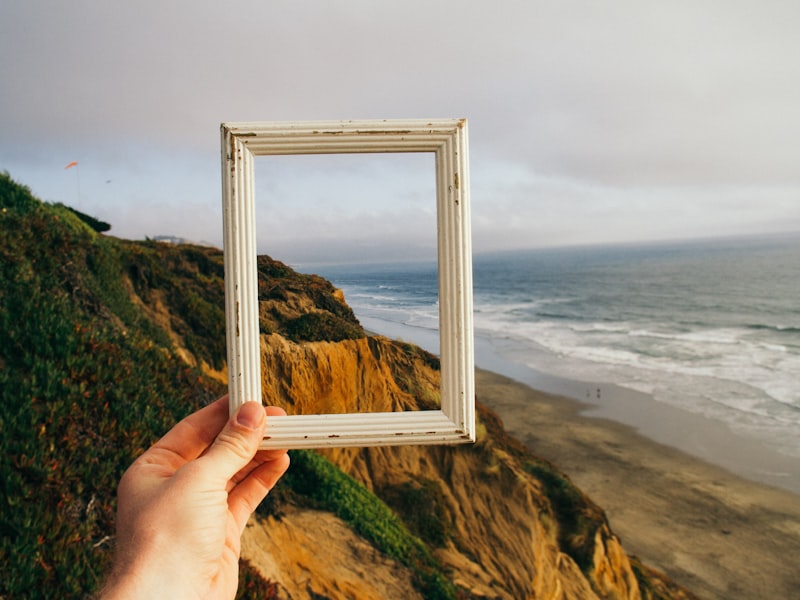Rumored Buzz on Mastering the Art of Alignment: Essential Iyengar Yoga Poses and Exercises

Raising Your Practice along with Props: How to Utilize Props in Iyengar Yoga Poses and Physical exercise
Iyengar Yoga, named after its creator B.K.S. Iyengar, is a style of yoga that highlights accuracy and positioning in each pose. One of the one-of-a-kind elements of Iyengar Yoga is the usage of props to assist and deepen the practice. Props are simple resources that can aid specialists obtain correct alignment, strengthen adaptability, and experience the benefits of each pose extra entirely.
In this write-up, we will check out how props can elevate your practice in Iyengar Yoga posture and exercises. Whether you're a novice or an experienced practitioner, combining props into your practice may boost your understanding of each posture and give help where needed.
1. The Yoga Block:
The doing yoga block is one of the most common props utilized in Iyengar Yoga. It is commonly helped make of foam or cork and comes in different sizes. Blocks may be made use of to carry the floor nearer to you when you possess limited flexibility or to give stability during the course of balancing posture.
For instance, if you are unable to touch the ground in a forward fold, placing a block under your palm may make a stable foundation and permit you to maintain effective alignment. In standing poses like Triangle Pose (Trikonasana), positioning a block under your lesser hand may help keep equilibrium while hitting towards the roof.
2. The Yoga exercise Strap:
A doing yoga strap is a extremely versatile prop that can easily be made use of for both stretching and enhancing workout. It is often made from cotton or nylon along with modifiable fastenings or D-rings at each end. The strap helps practitioners accomplish appropriate placement by offering resistance and help.
In seated ahead folds up like Paschimottanasana (Seated Forward Bend), wrapping the band around your feet makes it possible for you to delicately take yourself forward without straining your back or hamstrings. In shoulder-opening poses like Gomukhasana (Cow Face Pose), the strap may be utilized to take your hands nearer together if you are unable to hit them.
3. The Yoga Blanket:
Yoga coverings are strong, secure blankets created of woollen or cotton. They offer padding and assistance during seated poses, contradictions, and restorative positions. Blankets can easily be folded up or rolled to produce different heights and support amounts.

In a posture like Supported Shoulderstand (Salamba Sarvangasana), positioning a blanket under your shoulders can easily secure your neck and supply reliability. In seated poses like Hero Pose (Virasana), folding a covering under your hips can alleviate pressure on the legs.
4. The Yoga exercise Bolster:
A yoga exercise bolster is a long, solid pillow-like prop that is made use of for deep relaxation and assisted poses. It gives support for the spine, neck, and legs, making it possible for specialists to fully loosen up in to each posture.
In Answers Shown Here like Supported Reclining Bound Angle Pose (Supta Baddha Konasana), positioning a bolster under your spine provides delicate elevation and assistance. In Savasana (Corpse Pose), positioning a bolster under your legs may release tension in the reduced back.
5. The Yoga Chair:
A doing yoga office chair is an great prop for amateurs or those with minimal range of motion. It provides security and help during the course of standing poses, onward folds, and also inversions.
In Chair Pose (Utkatasana), making use of a office chair as support makes it possible for practitioners to focus on appropriate placement without worrying about balance. In ahead crease like Seated Forward Bend over over Chair (Paschimottanasana Variation), the seat functions as an expansion of the upper arms, offering support and helping make it easily accessible for all degrees of adaptability.
Using props in Iyengar Yoga not only assists amateurs create stamina and adaptability steadily but also challenges experienced professionals to discover brand-new depths in their strategy. Props make it possible for everyone to experience the perks of each posture, irrespective of their physical constraints or level of encounter.
Remember, props are not props or cheats; they are resources to boost your practice. As you progress in your yoga journey, you may find that you need props much less regularly. Nonetheless, it is significant to pay attention to your physical body and use props whenever essential to sustain appropriate placement and protect against accident.
In conclusion, increasing your strategy with props in Iyengar Yoga may be a game-changer. Combining props like blocks, straps, blankets, bolsters, and chairs may offer support, deepen extent, and help you obtain proper placement in each pose. Thus why not offer them a try out and take your method to new elevations?
